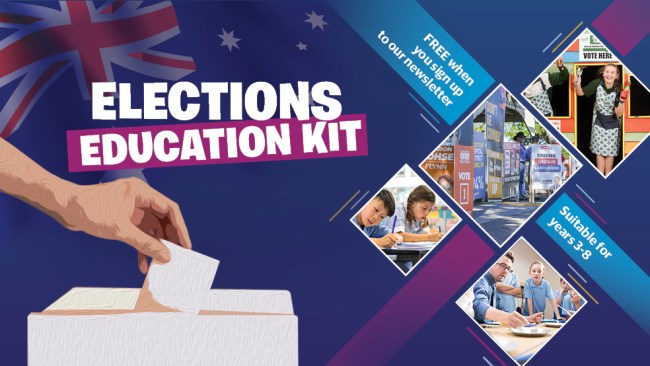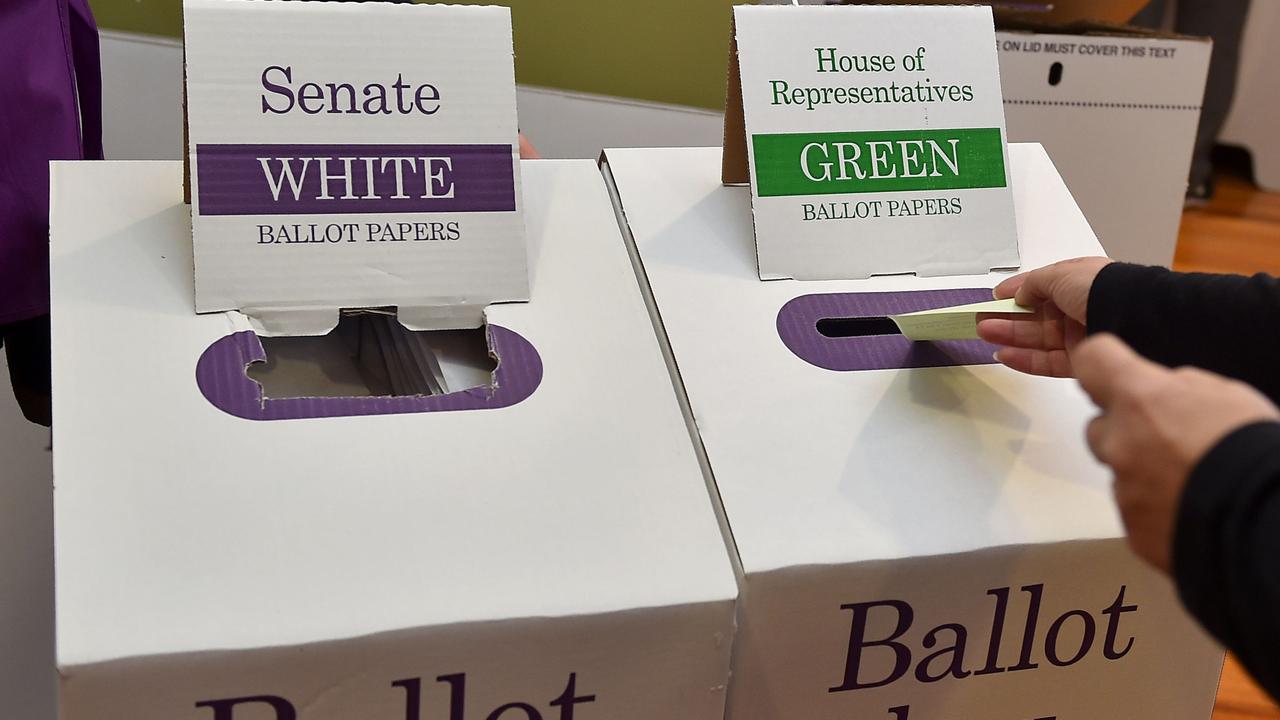Part 6: The major parties, minor parties and independents that make up our parliament
PART 6: Parliament works a bit like a team sport, with teams called parties fighting to win, plus a few extra people called independents

READING LEVEL: GREEN
Australia’s federal parliament works a bit like a team sport, in which most of the parliamentarians belong to teams called parties.
Parties bring together people with similar political ideas, so they can co-operate to form government, act as an organised opposition to the government or just to get things done.
Learn about how Australia’s political parties form and how they operate.
PARTY RULES
The rules for forming and operating a political party are written in the Australian Constitution*.
Before a party can enter a candidate in an election, it must have a written party constitution or set of party rules, at least 500 members who are enrolled to vote, and be registered with the Australian Electoral Commission*.
LABOR
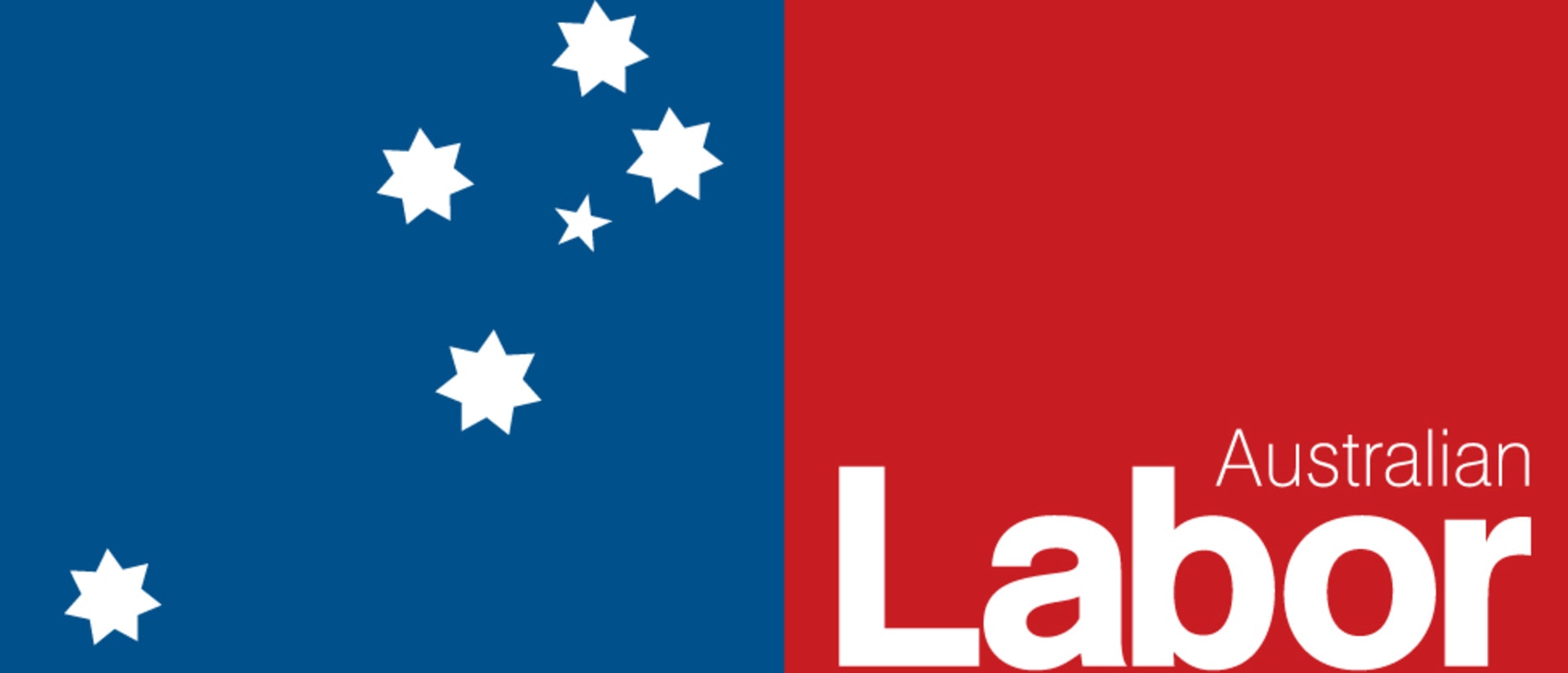
Australia’s oldest political party is the Australian Labor Party, or Labor.
It was formed in the 1890s to represent workers and to try to achieve better wages and conditions for them. It has close links to workers’ unions* but its voters now come from a broad cross-section of society*.
Labor is currently in government. Labor’s federal leader, Anthony Albanese, is currently prime minister and leader in the House of Representatives.
LIBERALS
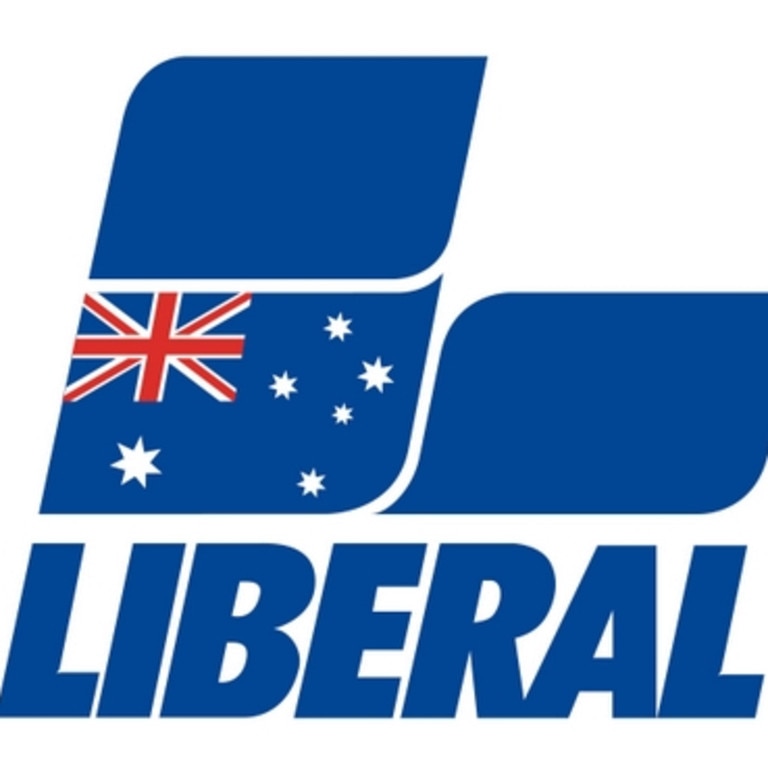
Australia’s longest serving prime minister, Robert Menzies, formed the Liberal Party of Australia in 1944 to represent the people he called “the forgotten people”, such as shopkeepers and other small-business owners and office workers.
It promotes free enterprise* and individual liberty*, meaning people should be able to grow their wealth without being too tightly held back by governments. Like Labor, Liberal voters today are from a broad cross-section of society.
The Liberals have a longstanding arrangement to work together with another party, the Nationals, in a coalition*.
The Liberal/National coalition is currently in opposition, with Liberal leader Peter Dutton as Opposition Leader, and Nationals leader David Littleproud as his deputy. The leader of the opposition sits opposite the prime minister in the Chamber of the House of Representatives.
NATIONALS

The Nationals evolved from the Country Party and before that, several groups representing farmers. The party still primarily involves itself in rural and regional issues but has broadened its work to support businesses in other industries.
GREENS
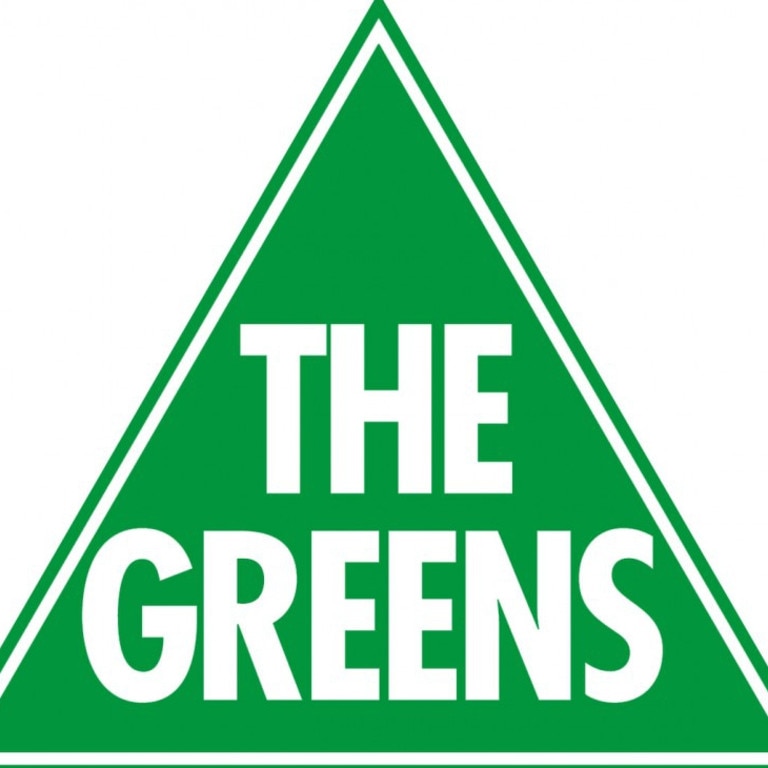
The Australian Greens party promotes social justice* and environmental sustainability and was formed in 1992 from a number of smaller environmentally-focused parties active from the 1980s.
INDEPENDENTS
The other category of people trying to be elected to parliament are called independent candidates, because they don’t belong to any political party.
They seek a seat in the House of Representatives or the Senate to represent the people of their electorate, state or territory or to try to achieve change on a particular issue. Sometimes an independent candidate’s main aim is to keep another candidate out of parliament or oppose a particular party.
Independents in parliament can make up their own mind on whether to vote for or against an issue. They may choose to abstain, which means not vote.
Parties try to convince independents to vote in line with their party in parliament. When a party really needs independents’ votes, the independents have a lot of bargaining power to get what they want done!
In the Senate and the House of Reps, independents sit on the seats at the curved end of the chambers, rather than on one side or the other.
OTHER PARTIES
A few minor parties form before an election to try to get a seat in parliament. Sometimes it’s an independent forming a party to increase their influence. Sometimes a member of an existing party leaves and forms their own party.

Senator for Tasmania Jacqui Lambie, for instance, was first elected to the Senate as a member of a minor party called the Palmer United Party, then was an independent and in 2015 formed a party called the Jacqui Lambie Network.
Sources:
parliament.curriculum.edu.au
aph.gov.au
GLOSSARY
- Australian Constitution: set of laws for governing Australia
- Australian Electoral Commission: independent organisation that runs federal elections
- unions: organisations of workers to support the workers
- cross-section of society: containing the different types of people you would typically find in society
- enterprise: business, or trying to make money
- liberty: freedom
- coalition: group formed when two or more political parties agree to work together
- social justice: to do with fairness in society, particularly when it comes to access to wealth, health and opportunities
EXTRA READING
Step inside the houses of federal parliament
Australia’s system of government
QUICK QUIZ
- Where are the rules for forming and operating a political party written?
- What three things must a party have before it can enter a candidate in an election?
- Which party is Australia’s oldest political party?
- Which two parties have formed a coalition and are in government?
- Where do independents sit in the House of Representatives and the Senate?
LISTEN TO THIS STORY
CLASSROOM ACTIVITIES
Refer to the accompanying Elections Education Kit classroom workbook with 20 activities. It’s FREE when teachers subscribe to the Kids News newsletter.
